Starting your photography career without any qualifications has never been easier. In fact, many sectors within the creative industries are open to those who do not hold any certification in their chosen field.
Experience as a photographer and a solid portfolio will always trump a qualification when starting your professional journey. I am not saying that you should quit studying at University or College and start applying for jobs.
Degrees and qualifications can contribute massively to the above two assets. During your studies you are likely to gain real world experience and I’d be very concerned if you aren’t building a portfolio during your academic years.
What if you didn’t get into University? What if you struggle with studies, exams, coursework and classrooms? Don’t give up, there’s hope for you still. And lots of it!
How to start your photography career
The single most important tool in kickstarting your photography career is not your camera. It is your portfolio. Whether you display your work on Instagram, your own website or Flickr. Having quick and easy access to your work is key.
If you do not yet have an online portfolio, the easiest route to getting one is Instagram. As a a professional photographer I still send Instagram to potential clients to highlight what I’m capable of.
Why should you use Instagram as a portfolio?
- Instagram allows you to upload your work in almost no time at all
- You can build a following or fanbase on Instagram
- Potential clients can see the quality of your work at a quick glance
- It is a great way to generate leads as a photographer or videographer
- You can tag relevant topics, keywords or locations
- There is tonnes of inspiration on Instagram that could benefit your future projects
What to keep in mind if using Instagram to showcase your work
- Try to post only once or twice per day, but be consistent with uploading content
- Always try to tell a bit of a backstory to the work you are publishing on Instagram
- Research which hashtags are most suitable for the work you are posting
- Instagram has a message requests and spam folder. Be sure to check both of these regularly as you may miss out on enquiries
- Remember to engage with other people on Instagram. The platform loves it when you spend time on their commenting and liking other relevant posts. Your reach will then be rewarded
- Showcase only your best work. As potential clients can make their minds up in a matter of seconds, you need them to see what you’re really capable of

How do I get my own portfolio website?
The next best way to showcase your work is a website. With this you have much more control over the layout and with the right tools and knowledge, people can find you easily on Google.
The three easiest routes to building your own portfolio website are SquareSpace, WordPress and Wix.
With experience in each of these, my favourite happens to be WordPress. The website you’re on right now is built using WordPress, and prior to picking up my first camera in March 2021, I built websites for a living.
What are the pros and cons of building a website portfolio?
Portfolio Website Pros:
- You own your own website and have more control over the content that goes on there. If you’re a boudoir photographer you may struggle to share your work on social media without it being censored or removed
- The amount of design options available are limitless. Every photography or videography portfolio website can be tailored to suit you and your target audience
- With use of Search Engine Optimisation (SEO) you can promote your business locally and globally for free
- A website allows you to showcase much larger and higher quality images compared to social media, which tends to compress your work
- Portfolio websites can capture data like Cookies which you can then retarget with marketing campaigns at a later date
- With well written content, you can go into lots of detail about each project and why people should hire you
- Blogging on your own portfolio website is an incredible way to showcase your work in detail
Portfolio Website Cons
- Websites are not free. Buying a domain, hosting or even hiring somebody to build the website will all incur a cost
- Even on the easy to use platforms like SquareSpace, you need to have a basic understanding of website layout and more to produce something good
- Publishing content to your own website takes more time compared to posting on social media platforms
- To get noticed on Google you must not only have grasp of SEO and how it works, but also put the time and effort into producing content that will get you seen on search engines
- Websites built on platforms like WordPress require updates and maintenance. Although performing these tasks can be simple, if forgotten it may result in problems for your website
I personally get more enquiries and bigger projects through my website. Although the above may appear intimidating, I believe having your own portfolio website is essential as a professional photographer.
That isn’t to say you cannot build a good business and client base without one. But you will be missing out on a world of work that could come your way if you do not.

Where else can I showcase my photography and videography work?
Besides Instagram and your own website, there are tonnes of places you can build a portfolio for potential clients to see.
Facebook, Pinterest, Flickr, Unsplash (the world’s largest free stock photo website) and even Twitter are amongst some of the best and easiest places to get your work online to share with the world.
Taking the next step in your Photography or Videography Career
Once you have your portfolio, and your kit bag contains all of the essentials to capture amazing content. You’re ready to reach out to potential clients and start taking on work.
Here is where the quality of your photography and videography speaks volumes. You can have the best looking website portfolio and thousands of Instagram followers. But bigger clients who are happy to spend more can tell the difference between good and not so good work.
Joining Facebook Groups to find Photography Clients
Facebook Business Groups can be a brilliant place for finding new photography and videography clients. Not only can you post what you’re able to offer potential clients. You can also see them actively seeking to hire people like yourself.
Be sure to join a handful of generic, local business groups on the social media platform. And also some more national but targeted groups specifically made for photographers and videographers.
Wedding Suppliers Groups on Facebook are also a brilliant way to see plenty of project requests posted almost daily. The only downside to these and many other business groups is how competitive it can be.
You’ll quickly find that there a hundreds of likeminded creatives on the prowl for business. Many of which claim to be able to offer excellent work at rates lower than you can compete with.
Using Instagram to find Photography Clients
Instagram, aka “The Gram”, is a brilliant place for finding photography and videography clients. You can use relevant hashtag and location searches to find people in your area and niche.
From here you can contact businesses who already have a grasp on content and socials. You can also localise you posts so people in your area can find you easily with a location search.
Remember though, lots of messages sent on Instagram may end up I the “Requests” folder or even worse, “Hidden Requests” folder.
If you fear this may be the case, I highly recommend visiting the business’ website or Facebook Page to contact them directly. Explaining that your message may have gone into a spam folder on Instagram will inform them politely as to why you’ve messaged via multiple platforms.
Can I get Photography Clients by posting Instagram Reels and Stories?
If the story or reel you post to Instagram is of high quality, engaging and supported with great content and hashtags, you may end up going viral. Or even just a little bit popular with it.
This can of course result in potential clients seeing your work, what you do and making an enquiry. As mentioned earlier on in this article, be sure to consistently check your spam folder on Instagram and similar platforms.
Should you be lucky enough to have lots of Instagram Followers, you can post to your story offering services. Providing you’re active on Instagram and regularly share content and stories, this can be a great way to reach a large audience.

Cold calling and email to onboard new clients
This is one of the oldest methods of marketing out there since the invention of phones and computers. And it still works brilliantly! Over the past two years I’ve managed to take on plenty of projects off the back of sending out emails and calling clients directly.
You can scour the internet for local businesses or those further afield in your niche. On their website you will likely find an email address or contact telephone number. Feel free to get in touch and pitch your services.
When sending an email be sure to include a link to your portfolio. However you decide to contact a business via direct marketing, be sure to keep track in a spreadsheet of who and when you’ve contacted.
This will make follow up emails and calls a whole lot easier. And of course when you get called back, it’ll be easier to remember who is calling and why.
Please note that any form of cold calling, email or direct marketing isn’t for the faint hearted. It does take perseverance, thick skin and the ability to handle rejection. For over 2 years from 2012 to 2014 I did door to door sales selling insulation to people at their homes.
I would knock on 80 to 100 doors a day, with over 60 people saying they’re not interesting, a handful wanting more information or to sign up and the rest saying they’re “busy, please come back later”.
Any form of sales is a numbers game. Do not be put off by the larger volume of negative responses compared to the positive ones. This is guaranteed regardless of what product you are selling.
Using project sourcing platforms like Fiverr, Freelancer, UpWork and People Per Hour
The above mentioned platforms can be a fantastic tool in building your photography and videography client base. Using Freelancer and UpWork I have taken on a number of brilliant clients who now contact me regularly to cover their events or needs.
In order to find clients on these you will either need to set up offers explaining what you can do for however much it will cost. Alternatively you can bid on projects and compete with other freelancers in a race to be taken on to do the work.
Within the platforms you will be required to add your own portfolio directly to their app/website. This will allow clients to see your work once you have placed a bid on their project.
These platforms can be a bit of a minefield to first time users, so I’ve put a few pros and cons below to help you decide whether they are for you:
Pros of using project bidding platforms to find freelance jobs:
- New legitimate projects are posted daily, in some niches every hour or even more often
- Some of the platforms post guaranteed prize competitions for you to take part in
- They can be an amazing way to source new clients which come back for more work
- Each of the platforms mentioned have huge user guides to help with navigating them
- They are another portfolio tool to get your work in front of potential clients
- For every project completed within the platforms, you build up feedback and reviews
Cons of using project bidding platforms to find freelance jobs:
- On lots of these platforms, you must pay to place bids or a monthly subscription to use
- Each of the platforms take a commission/cut from each project you process
- Some of the platforms have strict communication policies meaning you could get banned and your account closed if you take communication off the platform. Freelancer especially have been known for closing people’s accounts and withholding their due payments.
- Fake projects get posted. If something doesn’t sound legitimate or have enough information, it is likely a fake project. Do not waste you bids on these
- Another big con for Freelancer is they can take payment from your account just for accepting a project that is awarded to you. Be very careful not to accept any projects unless the client has deposited money towards that project and you are certain it is legitimate
- Uploading your portfolio to multiple platforms can be very time consuming
- The platforms typically favour with the paying client during disputes. Be very clear with what your offer includes and doesn’t include. Be sure to set out clear terms before starting any work sourced via these websites or apps
Although I’ve tried to cover most of it in the bullet points above, there’s much more to these platforms that I have time to discuss in this article.
I personally recommend getting signed up and trying them out for yourselves. But do be vigilant and take care not to waste bids or even time discussing projects that may not result in anything.

A Freelance Photography Career Without Any Qualifications Summary
Right, I’m absolutely terrible at summarising stuff as you’ve probably gathered from my previous articles. On this occasion I’m no better. Apologies. But what I will say is… Starting your career in any form of creative subject comes down to ability and confidence in your ability.
It is easy to suffer from a touch of imposter syndrome, but it’s also easy to believe your own hype. Find balance and learn what you need to do to consistently improve and provide quality work.
Most importantly, just get out there and give it a go. There’s tonnes of work to go around and with social media and digital marketing still on the grow, it won’t be too long before you’ve landed a few clients.
If you would like to know more about any of the topics I’ve mentioned in this article, please do leave a comment and I’ll do my best to reply in a timely manner.










